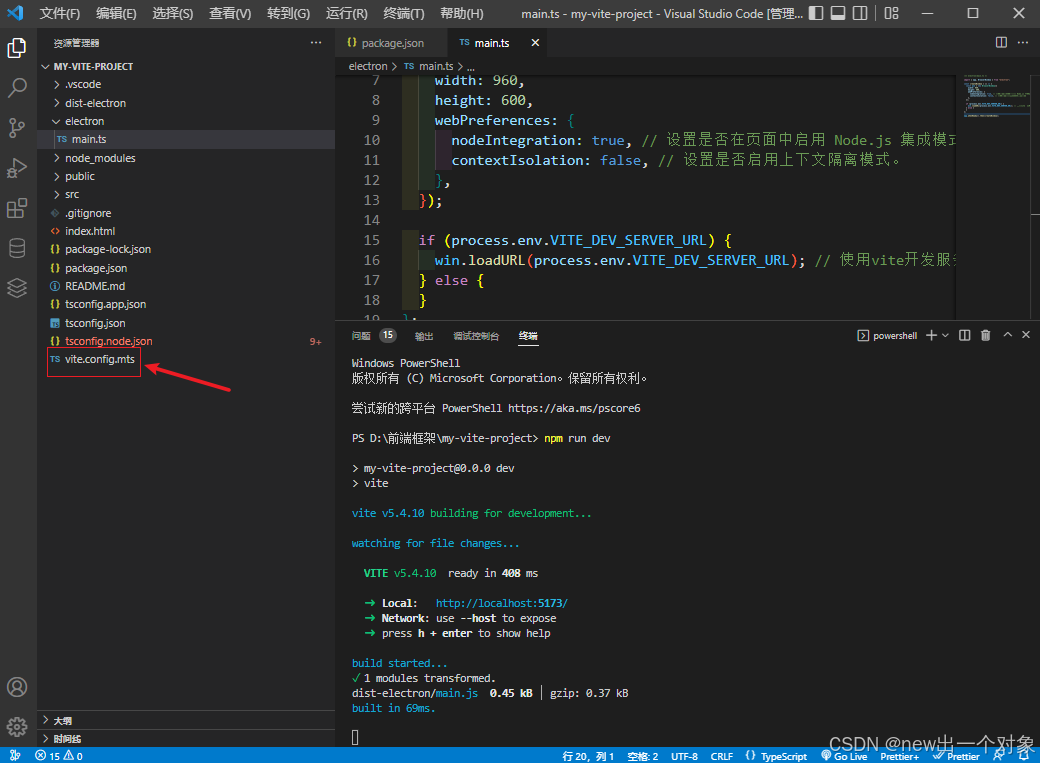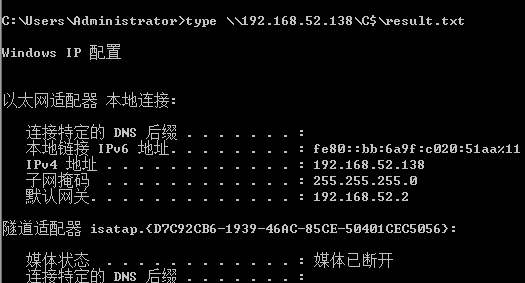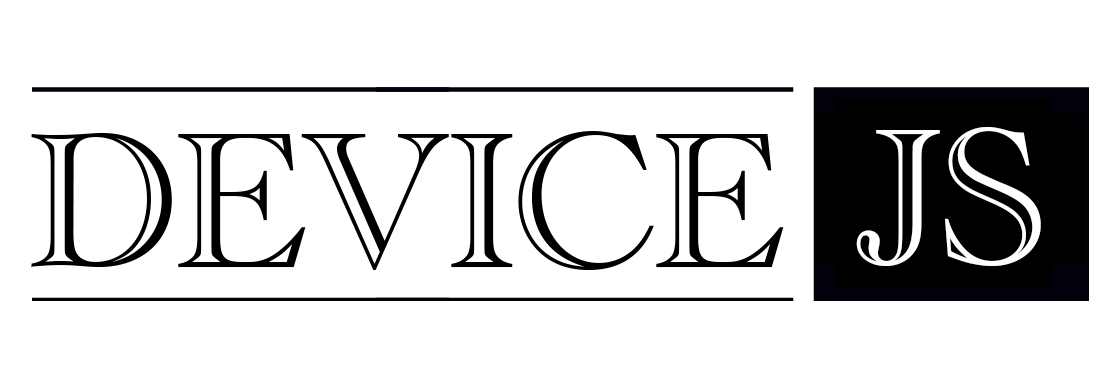顺着我上一篇文章 使用onnxruntime-web 运行yolov8-nano推理 继续说,有朋友在问能不能接入
视频流动,实时去识别物品。
首先使用 getUserMedia 获取摄像头视频流
getUserMedia API 可以访问设备的摄像头和麦克风。你可以使用这个 API 获取视频流,并将其显示在页面上的 <video> 标签中。
注意事项:
-
浏览器支持:
getUserMedia被现代浏览器大多数支持,但在一些旧版浏览器上可能不兼容。可以使用 can I use 网站检查浏览器的支持情况。 -
HTTPS 连接:访问摄像头通常要求在 HTTPS 环境下运行。如果你在开发时遇到问题,确保你的本地开发服务器使用 HTTPS(例如通过
localhost和https协议)。
import React, {useState, useRef, useEffect} from "react";
const App = () => {
const [hasVideo, setHasVideo] = useState(false); // 用来记录是否成功获取视频流
const videoRef = useRef(null); // 用来引用 <video> 元素
useEffect(() => {
// 定义一个异步函数来获取视频流
const getVideoStream = async () => {
try {
// 获取视频流
const stream = await navigator.mediaDevices.getUserMedia({
video: true, // 只请求视频流,不需要音频
});
// 如果获取成功,将视频流绑定到 <video> 元素
if (videoRef.current) {
videoRef.current.srcObject = stream;
}
// 标记为成功获取视频流
setHasVideo(true);
} catch (err) {
console.error("Error accessing the camera: ", err);
setHasVideo(false);
}
};
// 执行获取视频流
getVideoStream();
// 清理函数,在组件卸载时停止视频流
return () => {
if (videoRef.current && videoRef.current.srcObject) {
const stream = videoRef.current.srcObject;
const tracks = stream.getTracks();
tracks.forEach(track => track.stop()); // 停止视频流
}
};
}, []);
return (
<div className="video-container">
{hasVideo ? (
<video ref={videoRef} autoPlay playsInline className="video-stream" />
) : (
<p>Unable to access the camera.</p>
)}
</div>
);
};
export default App;效果如下, 不过我们需要实画框的并不在vedio对象上,所以需要把vedio上图片在canvas上重新绘制,方便后续在detect的位置再画上方框

增加取帧模型推理的代码
import React, {useEffect, useRef, useState} from 'react';
import "./style/Camera.css";
import cv from "@techstark/opencv-js";
import {download} from "./utils/download";
import {InferenceSession, Tensor} from "onnxruntime-web";
import {detectImage} from "./utils/detect";
const CameraToCanvas = () => {
const videoRef = useRef(null);
const canvasRef = useRef(null);
const [session, setSession] = useState(null);
const [loading, setLoading] = useState({text: "Loading OpenCV.js", progress: null});
const imageRef = useRef(null);
// Configs
const modelName = "yolov8n.onnx";
const modelInputShape = [1, 3, 640, 640];
const topk = 100;
const iouThreshold = 0.45;
const scoreThreshold = 0.25;
useEffect(() => {
cv["onRuntimeInitialized"] = async () => {
const baseModelURL = `${process.env.PUBLIC_URL}/model`;
// create session
const url = `${baseModelURL}/${modelName}`
console.log(`url:${url}`)
const arrBufNet = await download(url, // url
["加载 YOLOv8", setLoading] // logger
);
const yolov8 = await InferenceSession.create(arrBufNet);
const arrBufNMS = await download(`${baseModelURL}/nms-yolov8.onnx`, // url
["加载 NMS model", setLoading] // logger
);
const nms = await InferenceSession.create(arrBufNMS);
// warmup main model
setLoading({text: "model 预热...", progress: null});
const tensor = new Tensor("float32", new Float32Array(modelInputShape.reduce((a, b) => a * b)), modelInputShape);
await yolov8.run({images: tensor});
setSession({net: yolov8, nms: nms});
//window.session = {net: yolov8, nms: nms};
setLoading(null);
};
// 获取摄像头流
async function startCamera() {
try {
const stream = await navigator.mediaDevices.getUserMedia({video: true});
if (videoRef.current) {
videoRef.current.srcObject = stream;
videoRef.current.play();
}
} catch (error) {
console.error("Error accessing the camera:", error);
}
}
startCamera();
const drawToCanvas = async () => {
const video = videoRef.current;
const canvas = canvasRef.current;
const context = canvas.getContext('2d');
if (video && canvas) {
canvas.width = video.videoWidth;
canvas.height = video.videoHeight;
context.drawImage(video, 0, 0, canvas.width, canvas.height);
// 把图片赋到imageRef.src上
imageRef.current.src = canvas.toDataURL();
//const session = window.session
if (session) {
detectImage(imageRef.current, canvas, session, topk, iouThreshold, scoreThreshold, modelInputShape);
}
}
requestAnimationFrame(drawToCanvas);
};
requestAnimationFrame(drawToCanvas);
return () => {
if (videoRef.current && videoRef.current.srcObject) {
const stream = videoRef.current.srcObject;
const tracks = stream.getTracks();
tracks.forEach(track => track.stop()); // 停止摄像头流
}
};
}, []);
return (<div className='video-container'>
<video ref={videoRef} style={{display: 'none'}}/>
<canvas ref={canvasRef}/>
<img
ref={imageRef}
src="#"
alt=""
style={{display: "none"}}
/>
</div>);
}
export default CameraToCanvas;
使用模型进行检测的方法
export const detectImage = async (
image,
canvas,
session,
topk,
iouThreshold,
scoreThreshold,
inputShape
) => {
const [modelWidth, modelHeight] = inputShape.slice(2);
const [input, xRatio, yRatio] = preprocessing(image, modelWidth, modelHeight);
const tensor = new Tensor("float32", input.data32F, inputShape); // to ort.Tensor
const config = new Tensor(
"float32",
new Float32Array([
topk, // topk per class
iouThreshold, // iou threshold
scoreThreshold, // score threshold
])
); // nms config tensor
const {output0} = await session.net.run({images: tensor}); // run session and get output layer
const {selected} = await session.nms.run({detection: output0, config: config}); // perform nms and filter boxes
const boxes = [];
// looping through output
for (let idx = 0; idx < selected.dims[1]; idx++) {
const data = selected.data.slice(idx * selected.dims[2], (idx + 1) * selected.dims[2]); // get rows
const box = data.slice(0, 4);
const scores = data.slice(4); // classes probability scores
const score = Math.max(...scores); // maximum probability scores
const label = scores.indexOf(score); // class id of maximum probability scores
const [x, y, w, h] = [
(box[0] - 0.5 * box[2]) * xRatio, // upscale left
(box[1] - 0.5 * box[3]) * yRatio, // upscale top
box[2] * xRatio, // upscale width
box[3] * yRatio, // upscale height
]; // keep boxes in maxSize range
boxes.push({
label: label,
probability: score,
bounding: [x, y, w, h], // upscale box
}); // update boxes to draw later
}
if (boxes.length > 0) {
renderBoxes(canvas, boxes); // Draw boxes
}
input.delete(); // delete unused Mat
};测试下效果,视频流的处理还是卡顿,勉强找了个静态场景测试下












![【YOLOv11[基础]】目标检测OD | 导出ONNX模型 | ONN模型推理以及检测结果可视化 | python](https://i-blog.csdnimg.cn/direct/8ef62b1337654cf395452873e9cb41b4.png)







